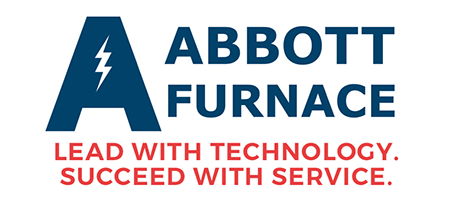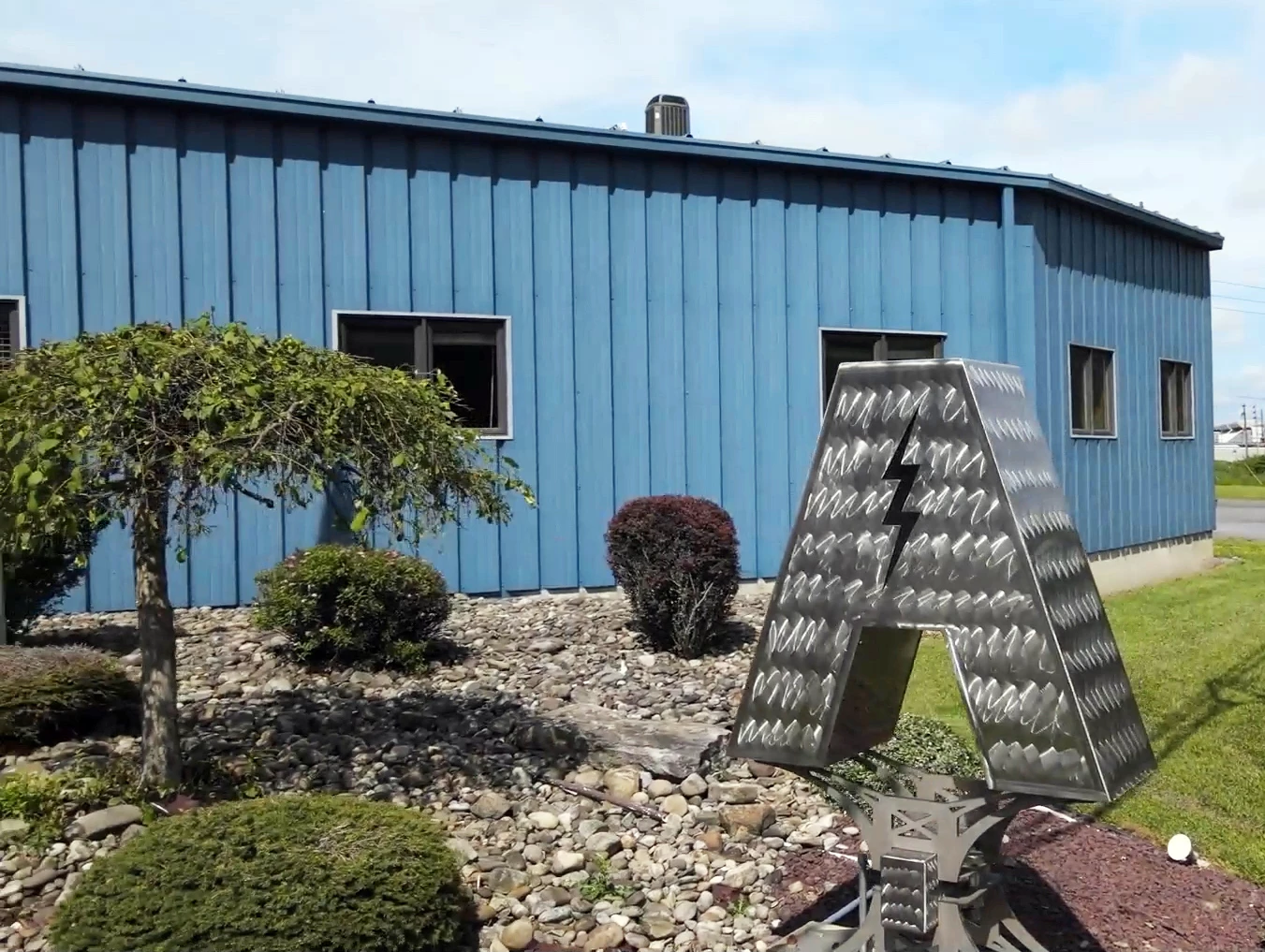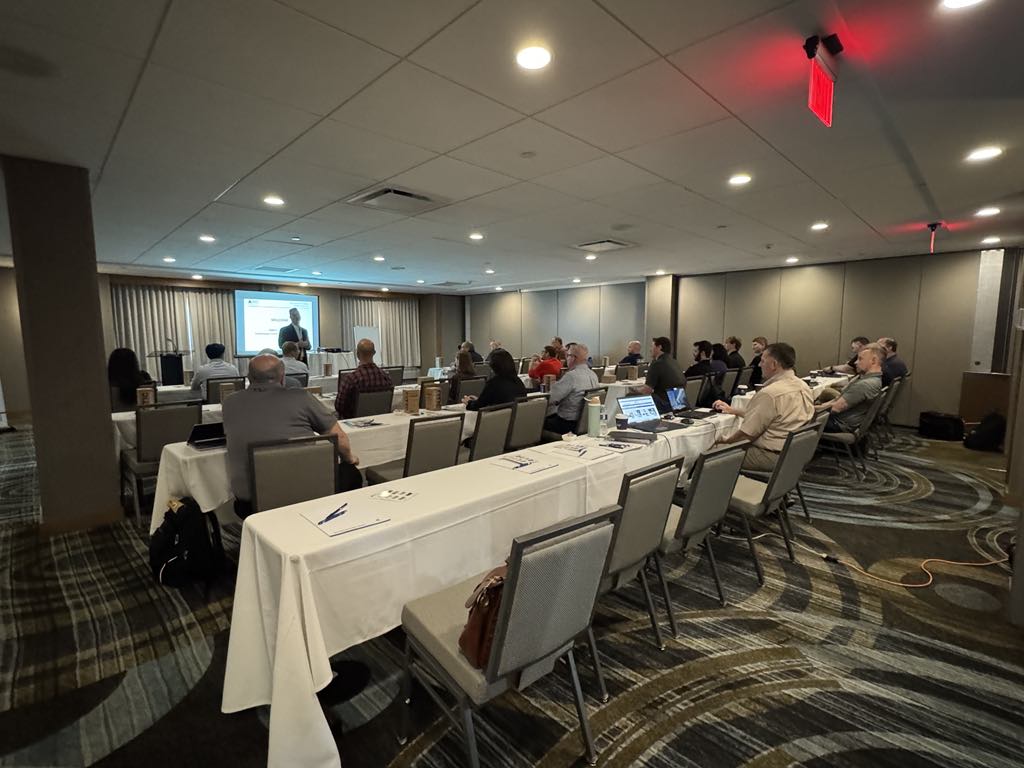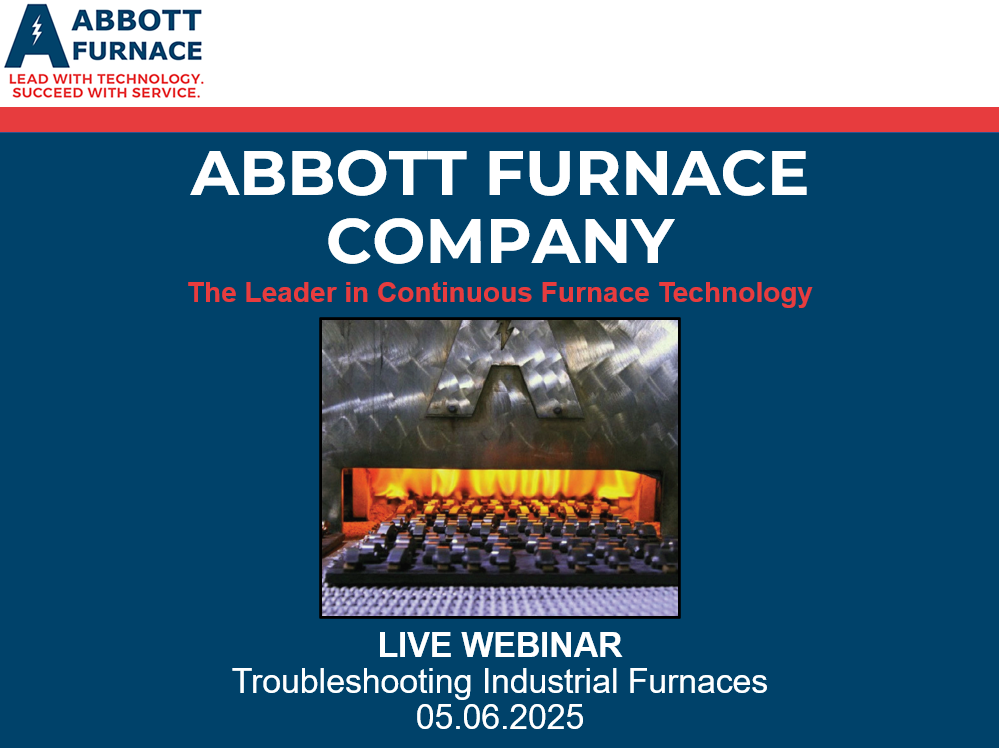
The key to consumer buy-in with electric vehicles is rechargeable batteries, specifically batteries with higher-energy density, faster charging, and longer life (which contributes to longer driving range). There are many battery materials and chemistries in development at present, and no doubt we’ll see more in the future.
Preparing raw materials for batteries usually requires multi-step processing to achieve the desired mechanical and chemical characteristics. Heat treatments in an industrial furnace, such as sintering, is just one example. Here we’ll look at one method of creating battery cathodes that improves energy storage and is more sustainable than traditional cobalt/lithium designs.
The Challenge of Cobalt
For years, a big limiting factor in lithium/cobalt rechargeable batteries was the cobalt. As the US Department of Energy explains, “cobalt is considered the highest material supply chain risk for electric vehicles (EVs) in the short and medium term,” and unfortunately, its high price and limited availability make it a challenging material to obtain.
Worse, “around two-thirds of the world’s cobalt mining happens in the Democratic Republic of Congo, where operations are linked to human rights and environmental abuses,” according to this article from the American Chemical Society (ACS).
And while rechargeable batteries used in common electronic devices, like cell phones, use small amounts of cobalt, vehicle batteries require far more. That means the amount of cobalt needed for the highest levels of EV production is greatly increased.
As a result, researchers have been developing alternative cathode material in lithium-ion batteries in an effort to replace cobalt.
Metallic Foam for Energy Storage and Density
Metallic foam is one material manufacturers have experimented with for battery cathodes. A higher energy density battery requires a cathode with larger surface area. Foam is three-dimensional and porous, so it provides more places for ion exchange to occur. This can also contribute to faster charge times. What’s more, foam has a stable, durable structure that is strong enough to easily attach a lithium sheet.
Inside the battery, holes in the foam structure are filled by lithium. A thin polymer sheet is placed between the anode and cathode as a barrier. When an electrical charge is added, lithium ions are sent back and forth and power is created.
If cobalt can be replaced or greatly reduced in EV batteries, one of the weaker links in the EV supply chain will be stabilized. That can impact vehicle availability, prices, and consumer adoption – all welcome news for the auto industry.
At Abbott Furnace Company, we work with researchers and manufacturers around the world to develop better materials and methods for electric vehicle efficiency. Our experts can provide advice and expertise on the furnaces and thermal treatments that make the biggest impact on the transportation industry. We’re always here to help, so please get in touch today.








